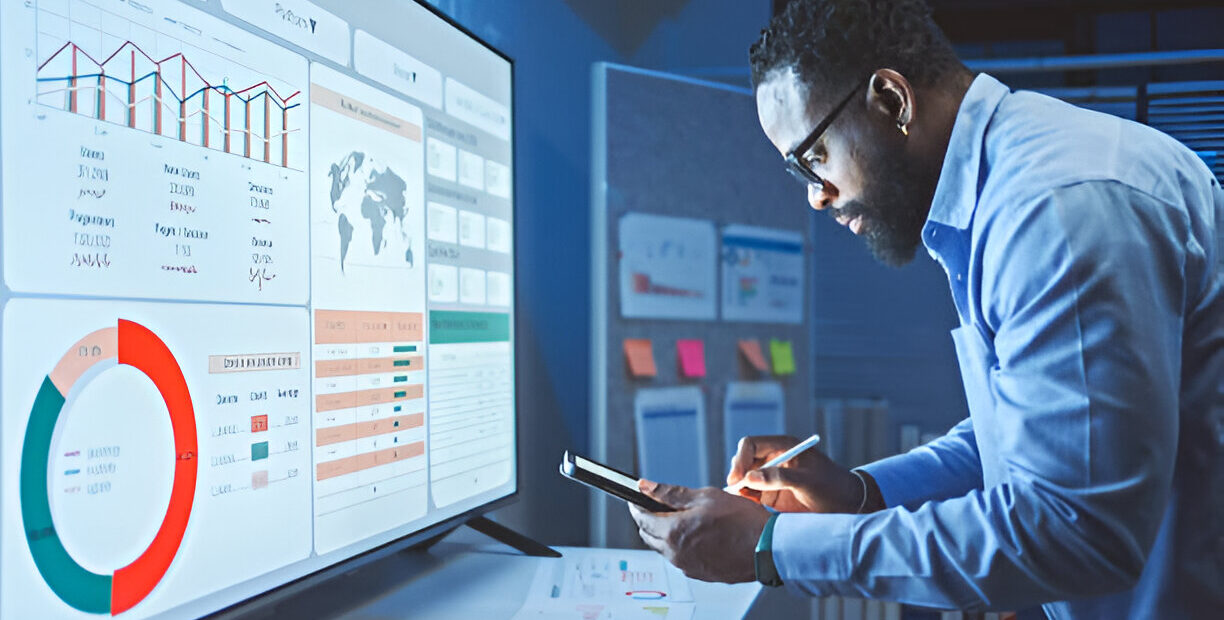
Digital advertising has come a long way since the first banner ad appeared in 1994. What started as simple, flashy banners has evolved into sophisticated, personalized campaigns that seamlessly blend into user experiences. In Dubai, a city known for embracing innovation, digital advertising is more than just visibility—it’s about creating connections.
Today, native ads are at the forefront, delivering content that feels organic rather than intrusive. Companies like Luminary Group, known for their expertise in digital marketing, help brands leverage modern advertising trends to engage audiences effectively.
1. The Rise of Banner Ads: A Digital Beginning
The first-ever banner ad was launched by AT&T in 1994, with a simple message: “Have you ever clicked your mouse right here? You will.” This ad had an impressive 44% click-through rate (CTR), a number unheard of today.
Key characteristics of early banner ads:
- Static images with clickable links
- Bright colors and bold fonts
- Often placed at the top or sides of websites
While groundbreaking at the time, banner blindness quickly became an issue as users learned to ignore these flashy advertisements.
2. Pop-Ups and Intrusive Advertising: A Short-Lived Trend
As banner ads lost their charm, advertisers turned to pop-ups in the late 1990s and early 2000s. These ads appeared in separate windows, often covering content and frustrating users.
Why pop-ups failed:
- They disrupted user experience.
- Many websites used excessive pop-ups, overwhelming visitors.
- Ad-blockers emerged, reducing visibility.
Recognizing the need for less intrusive advertising, the industry began exploring alternatives.
3. Pay-Per-Click (PPC): Driving Traffic with Search Ads
Google revolutionized digital advertising in the early 2000s with its AdWords platform, introducing the pay-per-click (PPC) model. Advertisers only paid when users clicked on their ads, making campaigns more cost-effective.
PPC benefits:
- Targeted Reach: Ads appeared based on user search queries.
- Budget Control: Advertisers could set daily limits.
- Measurable Results: Clicks, impressions, and conversions were trackable.
In Dubai, businesses quickly adopted PPC to reach their target audience, especially within competitive industries like real estate, tourism, and luxury retail.
4. Social Media Advertising: Connecting with Audiences
With the rise of platforms like Facebook, Instagram, and LinkedIn, social media advertising became a powerful tool. Advertisers could now reach users based on interests, demographics, and behaviors.
Key trends in social media advertising include:
- Carousel Ads: Multiple images or videos in a single post.
- Stories Ads: Full-screen, immersive content on Instagram and Facebook.
- Video Ads: Short-form videos on TikTok, Instagram Reels, and YouTube Shorts.
In Dubai, where social media usage is among the highest globally, brands leverage these platforms to connect with both local and international audiences.
5. The Shift to Native Advertising: Blending Ads with Content
As users became more resistant to traditional ads, native advertising emerged as a solution. Unlike banners or pop-ups, native ads blend seamlessly with surrounding content, making them less intrusive and more engaging.
Examples of native ads:
- Sponsored articles on news websites.
- In-feed ads on social media platforms.
- Recommended content at the bottom of blog posts.
Why native ads work:
- They provide value rather than disruption.
- They match the platform’s look and feel.
- They achieve higher engagement rates than traditional ads.
Luminary Group helps Dubai-based brands create native advertising strategies that resonate with their target audience while maintaining authenticity.
6. Programmatic Advertising: Automation and Precision
The next step in digital advertising evolution was programmatic advertising, which uses AI to automate ad buying and optimize campaigns in real-time.
How it works:
- Advertisers set parameters (budget, audience, goals).
- AI places ads on relevant websites automatically.
- Performance is continuously analyzed and improved.
Programmatic advertising ensures brands reach the right audience at the right time, enhancing efficiency and ROI.
7. Influencer and Content-Driven Advertising
Modern advertising extends beyond platforms to influencer marketing and branded content. In Dubai, where influencer culture is strong, brands collaborate with local personalities to promote products authentically.
Examples include:
- Instagram and TikTok partnerships with micro- and macro-influencers.
- Sponsored YouTube content showcasing products in real-life contexts.
- Brand collaborations on blogs and podcasts.
By integrating ads into trusted content, brands build credibility and strengthen consumer trust.
8. The Future of Digital Advertising: What’s Next?
As technology advances, digital advertising continues to evolve. Emerging trends include:
- Voice Search Ads: Optimized content for voice assistants like Alexa and Google Assistant.
- Augmented Reality (AR) Ads: Interactive experiences through mobile devices.
- Privacy-First Advertising: Adapting to stricter data regulations while maintaining personalization.
Luminary Group stays ahead of these trends, helping brands in Dubai implement cutting-edge digital advertising strategies.
How Luminary Group Supports Modern Digital Advertising
As a leader in digital marketing, Luminary Group empowers brands to navigate the ever-changing advertising landscape. Their services include:
- Native Advertising Campaigns: Crafting seamless, engaging ads.
- Programmatic Ad Management: Ensuring precision targeting and optimization.
- Social Media Advertising: Driving engagement on platforms like Instagram, TikTok, and LinkedIn.
- Influencer Partnerships: Connecting brands with authentic voices.
With expertise tailored to the Dubai market, Luminary ensures brands not only reach their audience but also build lasting connections.
FAQs
1. What is native advertising, and how does it differ from traditional ads?
Native advertising blends seamlessly with platform content, making it less intrusive than traditional ads. It appears as sponsored articles, in-feed posts, or recommended content.
2. Why is native advertising effective in Dubai?
In Dubai’s competitive market, native ads provide a non-disruptive user experience, ensuring brands connect with audiences while maintaining authenticity.
3. How does programmatic advertising improve ad performance?
Programmatic advertising automates ad buying, ensuring real-time optimization, better targeting, and higher ROI.
4. How can Luminary Group help with digital advertising?
Luminary Group offers tailored digital advertising strategies, including native ads, programmatic campaigns, and influencer partnerships, ensuring brands achieve their marketing goals.
